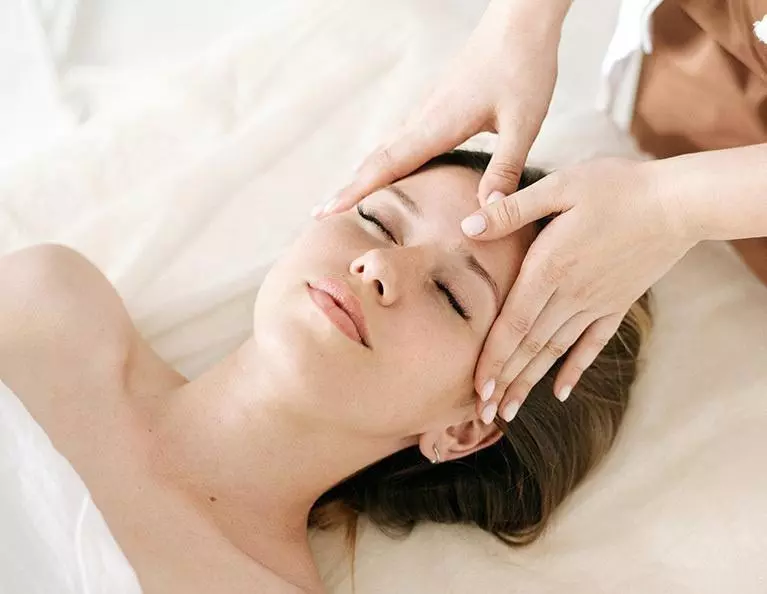Hair loss is a reality that the majority of us will have to deal with eventually. While commonly thought of as an issue that affects men, hair loss does not discriminate. Studies estimate that nearly two-thirds of American men experience some degree of noticeable hair loss by the age of 35 and nearly 40% of women by the age of 40.
One of the most critical issues with hair loss is that people obsess and stress about it but often fail to take action and find a solution. Many people are simply in denial and hope it will stop, while others may be unaware that there are scientifically proven, FDA-approved treatments that can help to prevent their hair loss and even help to regrow new hair.
Sudden Hair Loss
While the rate of hair loss varies from person to person and is usually determined by genetics, rarely does it cause large clumps of hair to fall out. Some people experience sudden hair loss that leaves patchy bald spots on the scalp and even the eyebrows. In some instances, the skin may become itchy or painful before the hair falls out, or you may find that it comes out in clumps with a gentle tug after washing or brushing your hair.
High levels of stress, a severe physical or emotional shock, as well as many medical conditions, can cause a sudden loss of hair. Cancer patients and chemotherapy treatments are often associated with hair loss, but drugs that suppress the immune system and other medications may also trigger sudden hair loss. Some antibiotics, antidepressants, cholesterol drugs, birth control pills, and hormonal treatments are also known to have hair loss as a side effect.
A large bald spot that appears practically overnight, or noticeable large amounts of hair in your comb or brush, could be a sign of other problems such as high-stress levels, malnutrition, or other forms of alopecia. If you notice any of these symptoms, you should schedule an appointment with a hair loss specialist as soon as possible.
Gradual Thinning of Hair
Progressive hair thinning is the most common type of hair loss and affects both women and men. Women typically will first notice gradual hair thinning in the part of their hair, while men usually see a receding hairline on their forehead.
Some hair shedding is normal, but if you are noticing an increasing amount of hair in the shower drain or on your comb, it may be time to seek help and find a solution. There are many treatments available for all stages of hair loss, but for these treatments to work, you need to be proactive and meet with a hair loss specialist, like the experts at New Look Institute.
Later Stages of Hair Loss
While many people may ignore or refuse to acknowledge their symptoms in the early stages, as hair loss continues, it becomes noticeable. Men may go completely bald on the top of their heads, and women notice thinning hair and a widening of the part. Many people believe there is little that can be done, as hair loss progresses to the later stages, but that's not necessarily true. While hair loss is easier to stop in its earlier stages, there are solutions for hair loss at any stage.
Contact New Look Institute
If you are starting to notice signs of thinning hair or hair loss, it is essential to seek treatment as soon as possible. With the help of the hair loss specialists at New Look Institute, you can determine what is causing your hair loss and develop a treatment plan that may stop it or, in some cases, trigger hair regrowth. To learn more about the signs of hair loss and the treatment options available, contact us today and schedule a free consultation.







